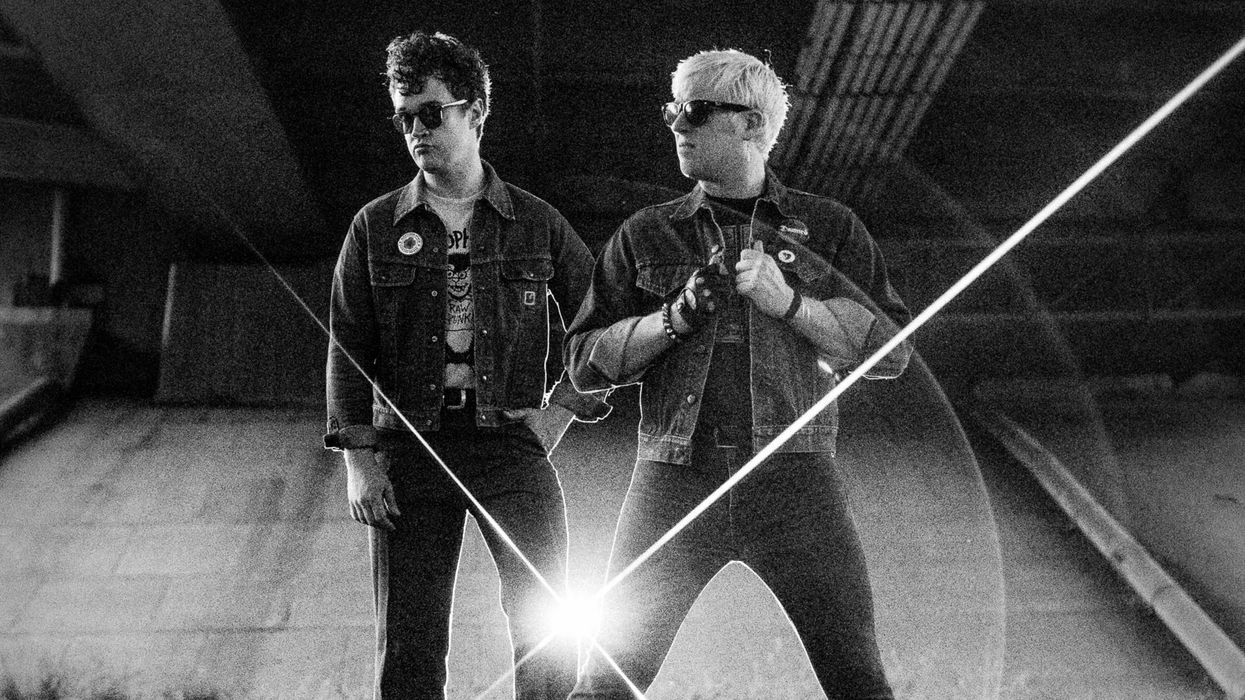What kind of guitar is it? How old is it? What’s it worth? What is this stupid thing? I know I hear questions like this several times a day, and I’m sure many of you who are enthusiastic about guitars have found yourself asking these questions as well. Since I can’t include everybody’s guitar in my column, I’m going to help you properly identify, date, and evaluate guitars.
It may seem like I have a magic wand that instantly finds the answers to your many questions, but I spend quite a bit of time researching each guitar before I respond. You’re probably thinking that this is why the Trash or Treasure column exists, but I promise most of you will find that researching guitars (or any musical instruments) can be very interesting – you never know what you may learn! My first installment focuses on determining the make and model of a guitar.
When you walk into that garage sale, pawn shop, or guitar show this spring, the first thing you need to figure out is what it is. All guitars should have some kind of logo, label, or identification that makes it unique (think the Flying F for Fender, or the K for Kay). Guitar builders affix their guitars with names so people know what they are playing. The most common place to find identification is on the headstock or on a label inside of the guitar, if applicable.
If there is nothing on your guitar in question, chances are the original label or logo has fallen off. Also, many fakes or copies will have all the features of a popular brand, but they don’t have a name (probably due to the fact the faker couldn’t come up with a creative name). Unless it is a guitar built from parts, a build-it-yourself kit, or a blatant fake, a manufacturer name exists – you may just have to do some research to find it. The two best resources in my opinion are books and (gasp!) the Internet. I know not everybody has access to the wide variety of books I do, but that is why libraries exist, and if you can afford an order at B&N, any guitar junkie will appreciate some good guitar literature.
| Once you have determined what brand you have, you need to know what model it is. This is similar to taking your Chevrolet one step further and determining that it is a mid-‘80s Citation. |
Thanks to Al Gore, the World Wide Web gives us unlimited resources at our fingertips. But remember, there is a reason most college papers do not accept websites as a source – not everything you read is factual. Make sure when you are searching that you check a number of sources. Ebay can be extremely helpful but since so many people have no idea what they are listing, information can be misleading.
Once you have determined what brand you have, you need to know what model it is. This is similar to taking your Chevrolet one step further and determining that it is a mid-‘80s Citation. Many guitars will have a model name next to the brand name, or it will be placed somewhere else on the guitar. Check the entire guitar as model names can be put just about anywhere (truss rod cover, neckplate, tailpiece, etc.).
Remember that many guitar books focus on individual brands as well as individual models. If you can find any old catalogs, you can compare what you have to them. There are many photos on the Internet as well. Another helpful way to narrow down popular models such as Stratocasters and Les Pauls is to find out what features make your guitar unique (pickups, woods, construction, hardware, etc.). Once again, make sure you cross-reference your sources, as facts are never taken from just one example but from numerous occurrences.
Next month I’ll dive into dating your guitar, which also includes serialization – a daunting task to say the least!
Zachary R. Fjestad
Zachary R. Fjestad is the author of the Blue Book of Acoustic Guitars, Blue Book of Electric Guitars, and the Blue Book of Guitar Amplifiers.
Guitar Trash or Treasure Questions can be submitted to:
Blue Book Publications
Attn: Guitar Trash or Treasure
8009 34th Ave. S. Ste #175
Minneapolis, MN 55425
800-877-4867
www.bluebookinc.com
guitars@bluebookinc.com
Please include pictures of your guitars.











![Rig Rundown: Russian Circles’ Mike Sullivan [2025]](https://www.premierguitar.com/media-library/youtube.jpg?id=62303631&width=1245&height=700&quality=70&coordinates=0%2C0%2C0%2C0)







